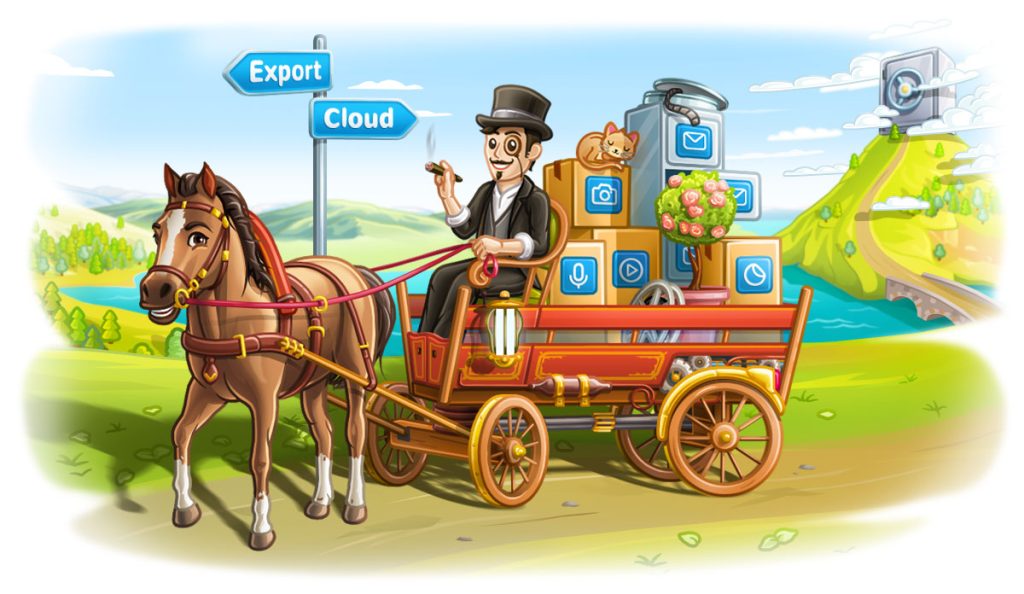
To run Uniswap locally, clone the repository, install dependencies, configure environment variables, and start the development server.
Prerequisites for Running Uniswap Locally
Required Software and Tools
Before running Uniswap locally, ensure you have the following tools installed:
- Node.js and npm: Install the latest version from https://nodejs.org.
- Git: Download from https://git-scm.com.
- Yarn (optional): An alternative to npm, available at https://yarnpkg.com.
- Docker (optional): Useful for creating a consistent development environment, available at https://www.docker.com.
Setting Up Your Development Environment
Once you have the required tools, follow these steps to set up your environment:
- Install Node.js and npm: Follow the installation instructions on the Node.js website.
- Install Git: Follow the installation instructions on the Git website.
- Clone the Uniswap Repository: Open a terminal and clone the repository from GitHub.
- Navigate to the Project Directory: Change to the project directory in your terminal.
- Install Dependencies: Use npm or Yarn to install the project dependencies.
- Configure Environment Variables: Create a
.envfile in the project root directory and add necessary environment variables. - Start the Development Server: Use npm or Yarn to start the local development server.

Cloning the Uniswap Repository
Accessing the GitHub Repository
To run Uniswap locally, you need to access the official Uniswap repository on GitHub. The repository contains all the source code and documentation required to set up and run Uniswap on your local machine.
- Official Repository: Visit the official Uniswap GitHub repository at https://github.com/Uniswap/uniswap-interface.
- Repository Contents: The repository includes the source code, configuration files, and documentation for setting up Uniswap.
Cloning the Repository to Your Local Machine
Once you have accessed the GitHub repository, follow these steps to clone it to your local machine:
- Open Terminal: Open your terminal or command prompt.
- Clone the Repository: Use Git to clone the repository from GitHub to your local machine. This will download all the files and folders required to run Uniswap locally.
- Navigate to the Project Directory: Change to the directory where the repository has been cloned to begin the setup process.
Installing Dependencies
Using npm or yarn
After cloning the Uniswap repository, you need to install the necessary dependencies. This can be done using either npm or Yarn, which are package managers for JavaScript.
- npm:
- Open your terminal or command prompt.
- Navigate to the directory where you cloned the Uniswap repository.
- Run the command to install all required dependencies. This process will read the package.json file and install all necessary packages.
- Yarn:
- Open your terminal or command prompt.
- Navigate to the directory where you cloned the Uniswap repository.
- Run the command to install all required dependencies using Yarn. This will similarly read the package.json file and install all necessary packages.
Ensuring Compatibility with Your System
To ensure the Uniswap interface runs smoothly on your local machine, make sure your system is compatible with the required dependencies.
- Node.js Version: Verify that you have the correct version of Node.js installed. The required version can usually be found in the repository’s documentation or the package.json file.
- Operating System: Ensure your operating system supports the necessary tools and dependencies. Both Windows, macOS, and Linux are generally supported.
- Environment Variables: Some dependencies might require specific environment variables to be set up. Check the repository’s documentation for any such requirements and set them accordingly.

Configuring the Environment
Setting Up Environment Variables
To run Uniswap locally, you need to set up specific environment variables. These variables configure various aspects of the application, such as API keys and network settings.
- Create a .env File: In the root directory of the cloned Uniswap repository, create a
.envfile if it doesn’t already exist. - Add Environment Variables: Refer to the project’s documentation for the required environment variables. Common variables might include:
- API keys for accessing external services
- Network configuration settings
- Feature flags for enabling or disabling certain functionalities
- Example Entries: Add entries to the
.envfile in the formatKEY=VALUE. Ensure you do not share or expose this file publicly, as it contains sensitive information.
Configuring Network Settings
Proper network configuration is crucial for running Uniswap locally, ensuring the application can interact with the Ethereum blockchain and other necessary services.
- Ethereum Network: Configure the application to connect to the appropriate Ethereum network (mainnet, testnet, or local development network). You may need to set environment variables such as
REACT_APP_NETWORK_IDandREACT_APP_INFURA_PROJECT_ID. - Infura or Alchemy: If using a service like Infura or Alchemy for blockchain interactions, ensure you have the correct project ID or API key set in your environment variables.
- Local Blockchain: If you’re using a local blockchain instance (e.g., Ganache), configure the network settings to point to your local node, including the correct network ID and RPC URL.

Running the Development Server
Starting the Local Server
Once you have installed the necessary dependencies and configured the environment, you can start the local development server for Uniswap.
- Navigate to the Project Directory: Open your terminal or command prompt and ensure you are in the directory where the Uniswap repository is located.
- Start the Server: Use your package manager (npm or Yarn) to start the development server. This will compile the project and launch it on a local web server. The command typically used is
npm startoryarn start. - Monitor the Terminal: Keep an eye on the terminal output for any errors or warnings. The server should start and indicate the local URL where the application is running.
Accessing the Local Instance of Uniswap
After starting the local server, you can access the Uniswap interface through your web browser.
- Local URL: Open your web browser and navigate to the local URL provided in the terminal output, typically
http://localhost:3000. - Verify Functionality: Ensure the Uniswap interface loads correctly and you can interact with its features. Check that you can connect your wallet, view token balances, and perform swaps.
- Debugging: If you encounter issues, refer back to the terminal output for error messages and consult the Uniswap repository’s documentation for troubleshooting tips.

Testing and Debugging
Running Unit Tests
Running unit tests is an essential part of ensuring your local instance of Uniswap is functioning correctly.
- Test Scripts: The Uniswap repository includes predefined scripts for running tests. These scripts are typically found in the package.json file.
- Run Tests: Use your package manager to run the unit tests. Common commands are
npm testoryarn test. This will execute all the unit tests and provide a summary of the results. - Review Results: Carefully review the test results. Successful tests indicate that the core functionalities are working as expected. Any failed tests will highlight areas that need attention.
Troubleshooting Common Issues
Even with careful setup, you might encounter issues while running Uniswap locally. Here are some common problems and solutions:
- Dependency Errors: If you encounter errors related to missing or incompatible dependencies, ensure all dependencies are correctly installed. Re-running
npm installoryarn installcan resolve many of these issues. - Environment Variable Issues: Double-check your
.envfile to ensure all required environment variables are correctly set. Missing or incorrect values can cause the application to fail. - Network Configuration: If the application cannot connect to the Ethereum network, verify that your network settings (e.g., Infura project ID or local blockchain settings) are correct and that the network is accessible.
- Port Conflicts: If the local server fails to start due to a port conflict, change the port number in the configuration or ensure no other applications are using the same port.
- Build Errors: If there are errors during the build process, ensure your Node.js version is compatible with the project requirements. Sometimes clearing the cache with
npm cache cleanoryarn cache cleancan resolve build issues.

Deploying Changes
Making Modifications to the Code
- Open the Project: Use a code editor like Visual Studio Code to open the Uniswap project directory.
- Edit Files: Navigate to relevant files and make necessary modifications, following coding standards.
- Save Changes: Save and test your changes locally to ensure they work as expected.
Deploying Your Local Version
- Build the Project: Run
npm run buildoryarn buildto create an optimized production build. - Prepare Deployment Environment: Ensure your server is configured correctly and has necessary access rights.
- Upload Build Files: Transfer build files to your deployment server using FTP, SCP, or other methods.
- Configure Server: Set up your web server to serve the build files and configure environment variables.
- Start the Application: Launch your application on the deployment server and ensure it’s accessible.
- Monitor and Maintain: Regularly monitor the application for issues and maintain updates.
What are the prerequisites for running Uniswap locally?
How do I clone the Uniswap repository?
How do I install the necessary dependencies?
npm install or yarn install to install all required dependencies.